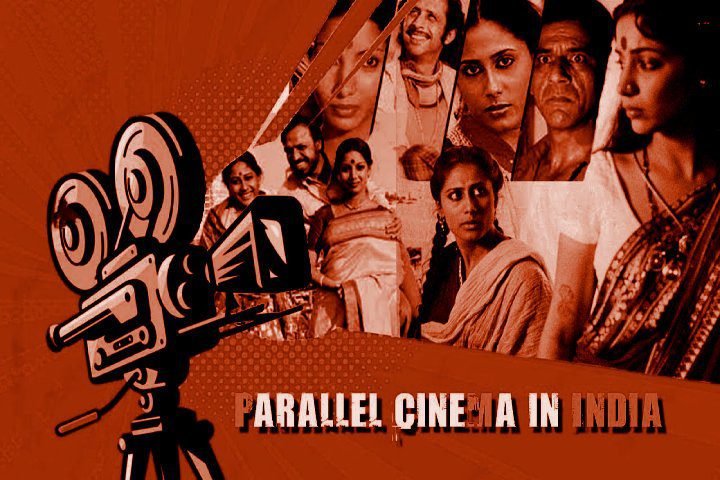Internet Communication: From Personal Empowerment to Mass Information Distribution
Introduction to Internet Communication The rise of the Internet has dramatically reshaped how we communicate, influencing both personal interactions and mass communication. To fully appreciate the intricacies of today’s digital world, it’s essential to understand the major shifts brought about by Internet communication. These shifts include the empowerment of individuals, the global spread of information, […]
Internet Communication: From Personal Empowerment to Mass Information Distribution Read More »










